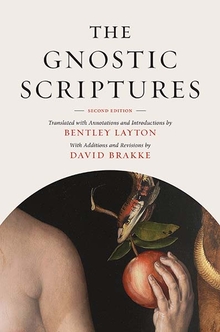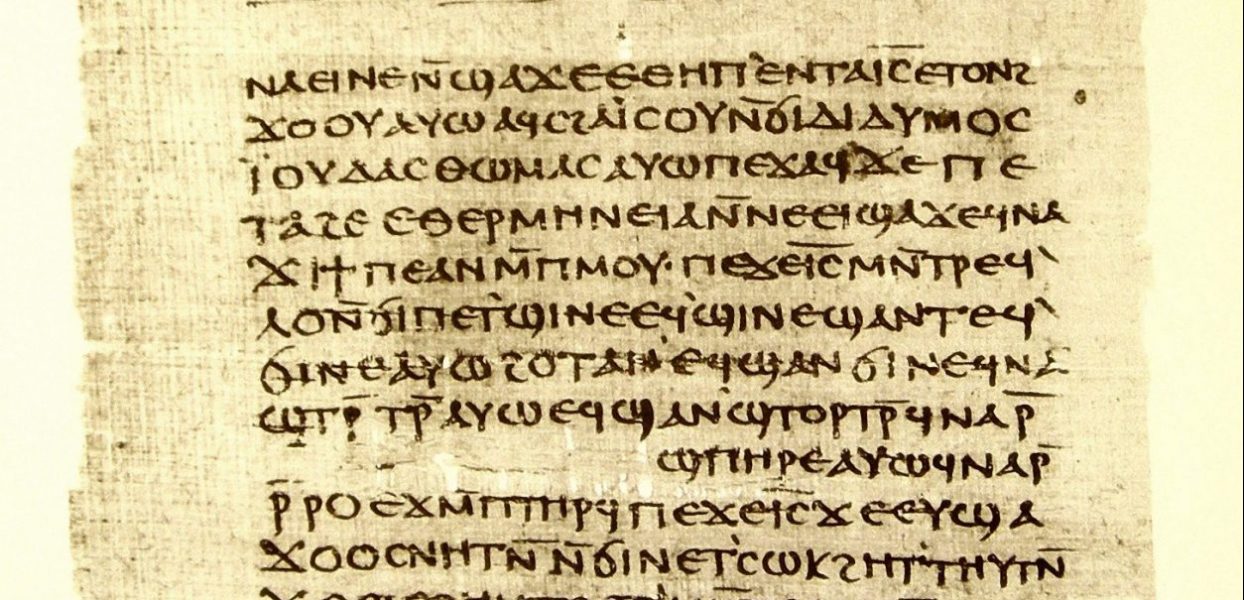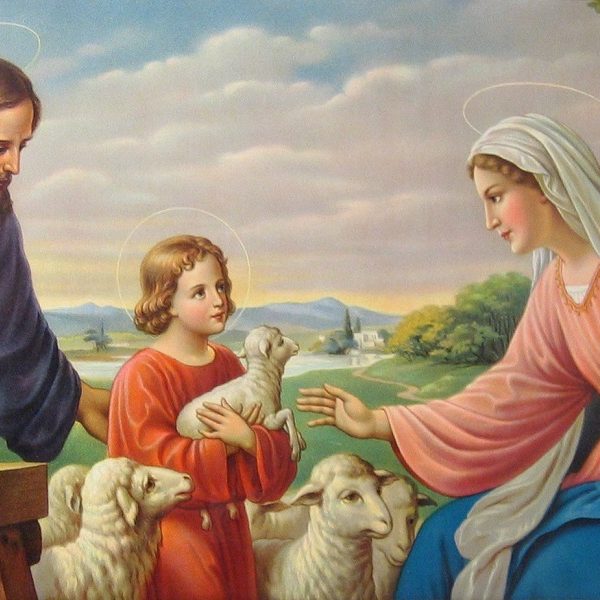The Gospel according to Thomas
Bentley Layton—
The Gospel according to Thomas (“The Gospel of Thomas”) is an anthology of 114 “obscure sayings” of Jesus, which, according to its prologue, were collected and transmitted by St. Didymus Jude Thomas. The sayings do not appear within a biographical narrative about Jesus, although some of them individually contain elements of dialogue or an abbreviated setting. Instead, Jesus’ sayings in the Gospel of Thomas are unconnected and in no particular order. They claim to be timelessly true, like sayings of ancient sages or proverbs spoken by heavenly Wisdom; accordingly, their speaker is called “the living Jesus,” that is, the Jesus of eternity. Historical framework is irrelevant to the message of the Gospel of Thomas, for the salvation that it proclaims is not the future reign of god on earth, to be ushered in by a messiah, but rather the recognition of one’s true nature and acquaintance with oneself, leading to immediate repose and rendering “death” (that is, the realm of human affairs) trivial. “The kingdom is inside of you . . . When you become acquainted with yourselves . . . you will understand that it is you who are children of the living father.” Except for a reference to taking up one’s cross in saying 55, Jesus’ suffering, death, and resurrection are not discussed; his role here is purely that of a teacher of wisdom. The Gospel of Thomas is thus a Christian gospel in which the crucifixion of Jesus has no importance.
The opening paragraph directs the reader’s attention to the need of interpreting Jesus’ sayings in order for them to be effective: “Whoever finds the meaning of these sayings will not taste death.” Without recognition of their hidden meaning, Jesus’ sayings are merely “obscure.” The interpretive clue to this hidden meaning was provided by references (especially in sayings 18, 29, 50) to a Hellenistic myth of the heavenly origin, fall, incarnation, awakening, and return of the soul. The structure of the myth was known in more coherent form in another work of Thomas scripture, the Hymn of the Pearl. Once the myth had been recognized or reconstructed by the ancient reader it would have provided a framework within which the other, more traditional sayings could be interpreted.
Sayings attributed to Jesus, whether single or grouped in collections, written or transmitted orally, were one of the most authoritative types of literature for early Christians, especially in the eastern Mediterranean. Collected sayings of Jesus were an important source of material incorporated in written gospels of the biographical type, above all Matthew and Luke. Distinct sayings collections continued to be used even after those more complex gospels came into circulation.
If one examines all the surviving sayings attributed to Jesus, no matter where, a wide range of religious perspectives can be found: wisdom sayings and proverbs reminiscent of Old Testament wisdom books; prophetic sayings pronouncing god’s judgment; eschatological sayings; legal sayings regulating community life; Christological sayings, in which Jesus describes or predicts his role and position.
Against this background it is obvious that the Gospel of John is by no means a well-distributed sample of these usual saying types, but rather concentrates on particular types that are appropriate to its message of salvation—especially wisdom sayings or general truths, and prophetic sayings that emphasize the presence of god’s reign (“kingdom”) within Jesus and each believer. Eschatological sayings are conspicuously absent, and sayings in which Jesus describes himself stress not the future but the present.
The author of the Gospel of Thomas has written it so as to stress the authority and authenticity of Jesus’ sayings in several ways.
1. The literary genre—disconnected sayings of the wise—is traditionally reserved for authoritative wisdom attributed to eminent sages of the past or even to heavenly wisdom (Dame Wisdom). The use of this genre constitutes a claim of authority.
2. The speaker is explicitly said to be Jesus, who is “the light (that presides) over all” and the source from which the entirety comes and to which it goes. These epithets and the lack of any historical framework reinforce the implication that Jesus is heavenly Wisdom herself.
3. The attribution of the sayings to Jesus is said to be authenticated by Jude (St. Thomas), Jesus’ twin, as recorder of the sayings. Jude’s personal authority was especially high in the regional church that used the Gospel of Thomas.
4. As patron saint of the collection, Jude is meant to be credited not only with recording and authenticating the sayings, but also with including allusions to the myth of the soul and adding certain interpretive phrases here and there to older sayings. In this way he is made out to be the teacher of the hidden meaning of Jesus’ sayings, so as to make traditional sayings of Jesus effective for his community in a particular way.
From The Gnostic Scriptures by Bentley Layton, with revisions by David Brakke. Published by Yale University Press in 2021. Reproduced with permission.
Bentley Layton is the Goff Professor Emeritus of Religious Studies and Near Eastern Languages and Civilizations at Yale University. David Brakke is the Joe R. Engle Chair in the History of Christianity and Professor of History at the Ohio State University.
Further Reading:



























